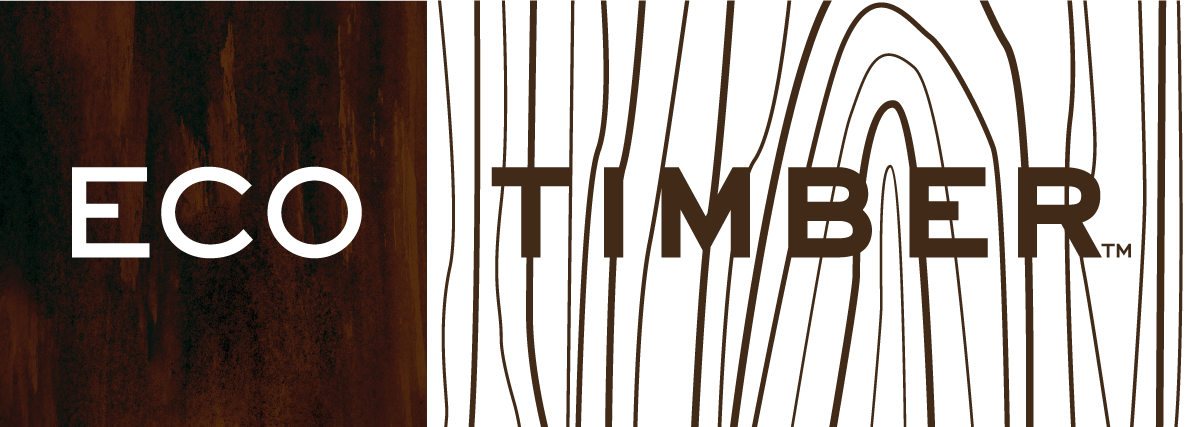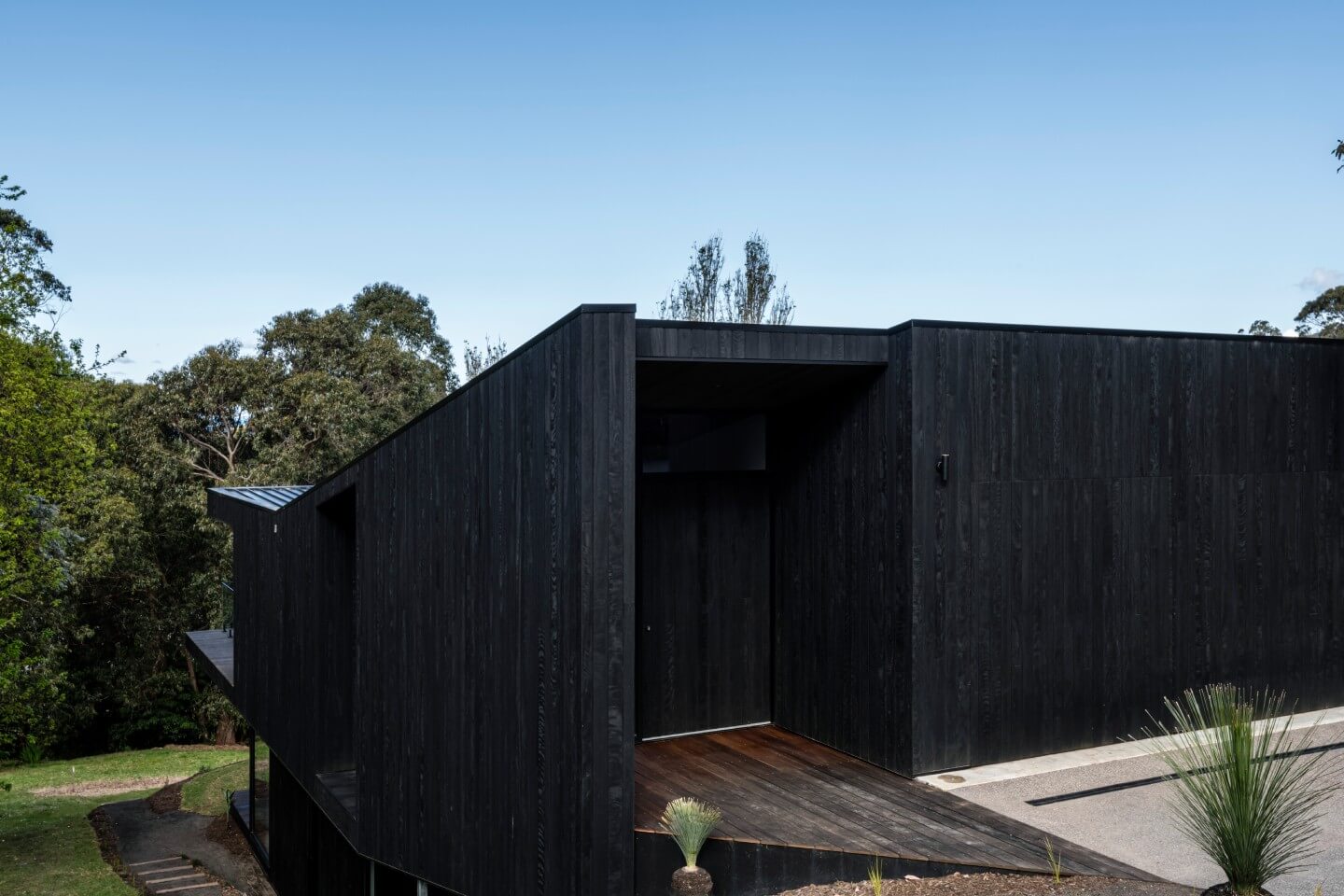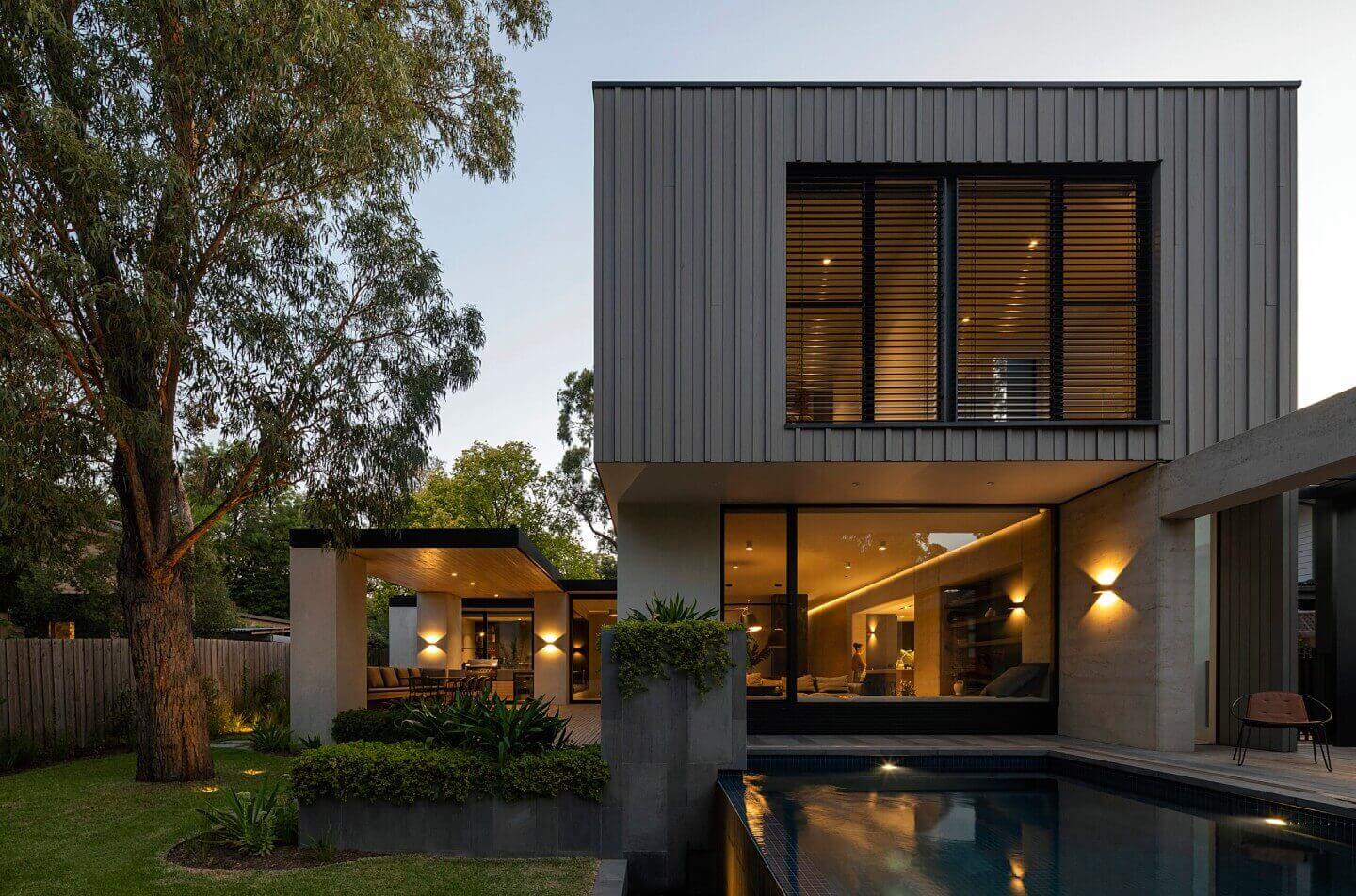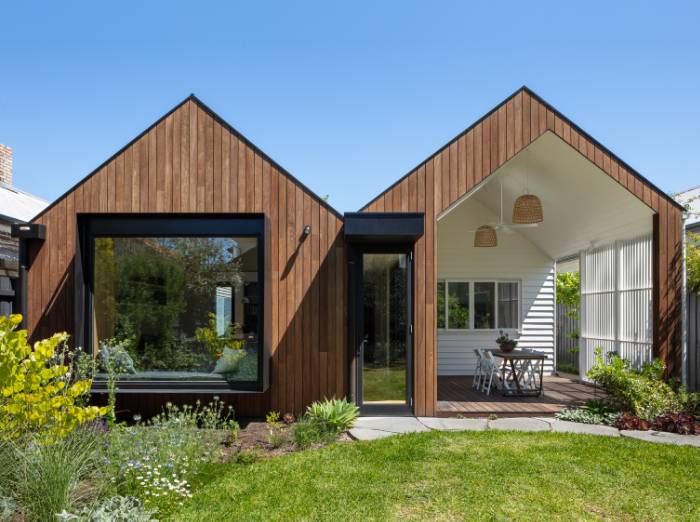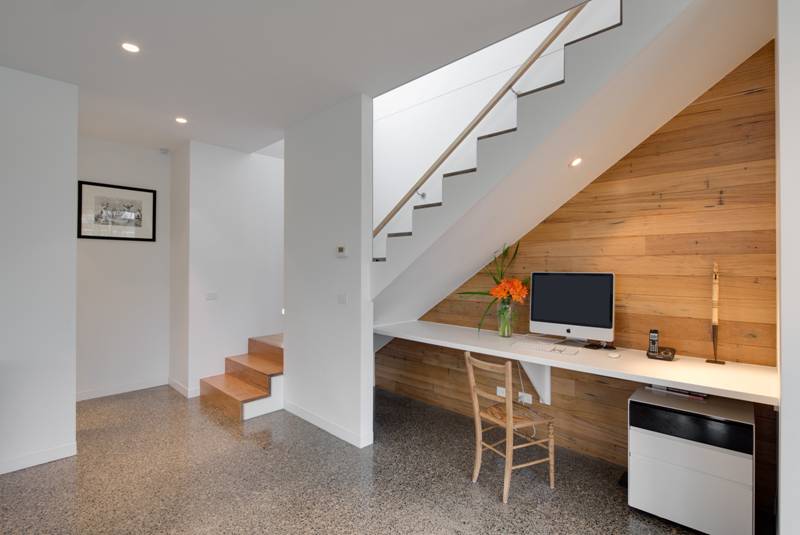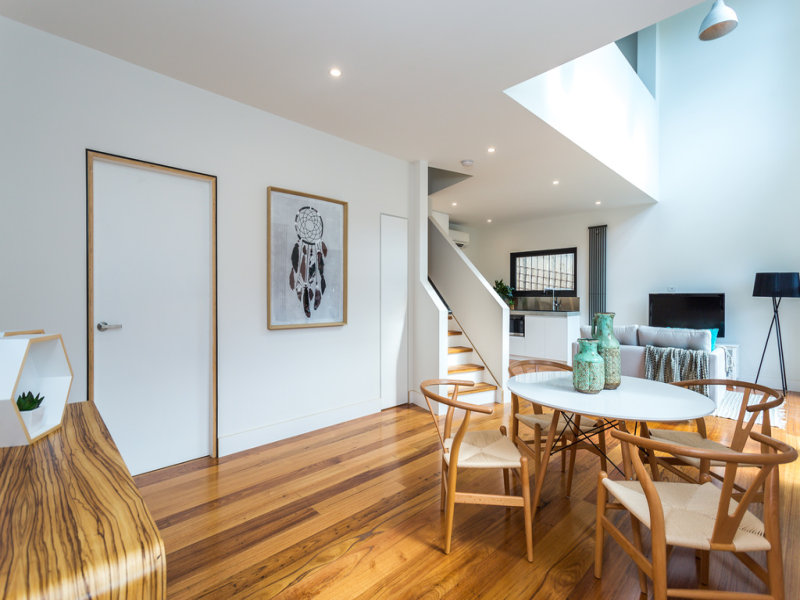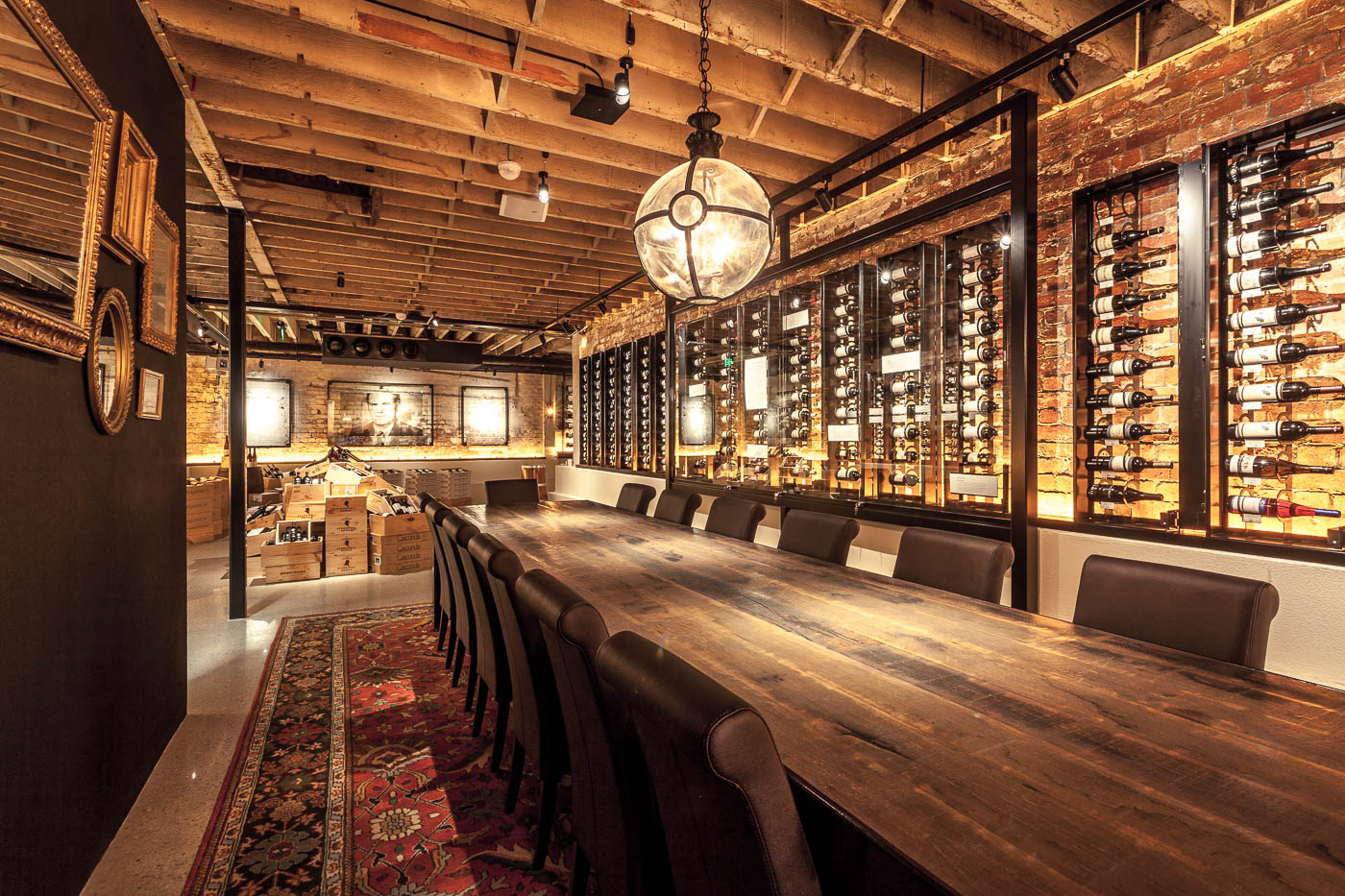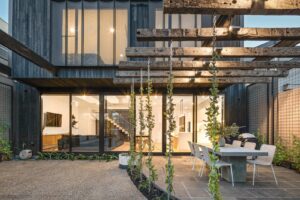In the architectural world, charred timber has emerged as a standout material for its robustness and unique aesthetic appeal. Known as Shou Sugi Ban, this technique has deep roots in ancient Japanese practices, offering a sustainable and durable solution for modern construction. The Eco Timber Group, with its commitment to sustainability and quality, brings you an expert guide on navigating the selection, installation, and care of charred timber for your projects.
Selecting the Right Charred Timber
Choosing the appropriate charred timber for your project involves understanding the nuances of different wood types and their reactions to the charring process.
| Consideration | Description | Impact |
|---|---|---|
| Type of Wood | Different wood species have varying responses to charring, affecting durability, texture, and color. | Determines the suitability for specific applications and desired aesthetic. |
| Project Requirements | The environmental exposure and functional demands of the project influence the choice of charred timber. | Ensures the timber meets both aesthetic and structural needs. |
| Sustainability Credentials | Preference for timber sourced from forests managed under FSC®, PEFC, or Responsible Wood certifications. | Supports environmental sustainability and ethical sourcing practices. |
Our offerings include an extensive range of FSC® and PEFC certified timbers, ensuring every choice supports sustainability and environmental stewardship.
Key Considerations for Timber Selection
Type of Wood: The species of wood is critical in determining the final appearance and durability of the charred timber. Softwoods, such as cedar, are traditionally used for their excellent charring characteristics, while hardwoods like Ironbark and Spotted Gum provide additional durability and a unique texture post-charring.
Project Requirements: Whether you're looking for exterior cladding or interior feature elements, the choice of charred timber should align with the specific demands of your project, including exposure to elements and aesthetic aspirations.
Sustainability and Ethical Sourcing: Eco Timber Group prioritizes timbers that are not only high in quality but also sustainably sourced. By selecting FSC®, PEFC, or RESPONSIBLE WOOD certified timbers, you contribute to the preservation of our forests and the global environment.
Installation Tips and Techniques
Proper installation is paramount to maximizing the functional benefits and visual appeal of charred timber.
| Step | Best Practice | Reasoning |
|---|---|---|
| Acclimatization | Allow the timber to adjust to local environmental conditions before installation. | Minimizes potential warping, shrinking, or expanding post-installation. |
| Fixing and Fasteners | Use stainless steel fasteners for outdoor applications and consider hidden fasteners for interior installations. | Prevents corrosion and maintains the aesthetic integrity of the timber. |
| Sealing and Protection | Apply a coat of Cutek black ash oil pre-delivery and a second coat post-installation. | Enhances durability by locking in moisture and protecting against environmental elements. |
From the correct handling of the material to the application of finishes, every step matters in achieving the best outcome for your project.
Best Practices for Charred Timber Installation
Acclimatization: Before installation, it's crucial to allow the charred timber to acclimatize to its new environment, minimizing potential issues related to moisture content changes.
Fixing and Fasteners: Use high-quality stainless steel fasteners for outdoor applications to prevent corrosion. For interior installations, consider hidden fasteners to preserve the uninterrupted beauty of the charred surface.
Sealing and Protection: At Eco Timber Group, we ensure that every piece of charred timber is pre-treated with a coat of Cutek black ash oil before delivery. This initial treatment is essential for locking in the timber's moisture, thereby enhancing its durability. After installation, we advise applying a second coat to provide maximum protection. This approach extends the timber's maintenance-free period up to 5-7 years, depending on environmental exposure.
Following these installation guidelines ensures that your charred timber not only looks stunning but also stands up to the rigors of its intended application, be it in the harsh Australian climate or a cozy interior setting.
Continuing with our comprehensive guide, after ensuring the correct selection and installation of charred timber, maintaining its distinctive beauty and durability over time is paramount. Eco Timber Group provides detailed guidance on care practices that uphold the timber's integrity and appearance, guaranteeing long-lasting satisfaction in both residential and commercial applications.
Maintenance and Care
Charred timber is celebrated for its low maintenance requirements, thanks to the protective layer formed by the charring process. However, like all natural materials, some care is necessary to maintain its condition and prolong its life, especially when exposed to the elements.
Upkeep Recommendations for Charred Timber
Regular Inspections: Periodically check the timber for any signs of wear or damage, particularly in areas exposed to direct sunlight or moisture. Early detection allows for timely interventions, preventing minor issues from escalating.
Cleaning Regimen: For external surfaces, a soft brush or cloth can remove surface dirt and debris. Mild, soapy water can be used for more thorough cleaning, but avoid abrasive tools or high-pressure washers, which can damage the charred layer. For interior applications, regular dusting maintains the timber's aesthetic appeal.
Reapplication of Protective Coatings: Eco Timber pre-treats all charred timber with Cutek black ash oil before delivery to ensure initial protection. Following installation, a second coat is recommended to seal the timber fully. Depending on the project's exposure to weather, reapplying Cutek oil every 5-7 years helps in re-hydrating the timber and preserving its natural beauty and integrity. This timeframe can vary based on the specific environmental conditions of the project site.
Creative Applications and Innovative Design
Charred timber's unique texture and visual depth offer a plethora of design possibilities beyond traditional uses. Eco Timber Group encourages exploring innovative applications to leverage the material's versatility and aesthetic appeal.
Expanding Horizons with Charred Timber
Interior Design: Beyond wall cladding, charred timber brings warmth and character to ceilings, floors, and custom furniture pieces. Its rich, tactile surface adds a dramatic flair to any interior space, blending seamlessly with various design styles from minimalist to rustic.
Landscaping and Outdoor Features: Its natural resistance to decay and pests makes charred timber an ideal choice for outdoor landscaping projects, including pergolas, decks, and privacy screens. The material's durability ensures these features stand the test of time, gracefully aging with the landscape.
Artistic Installations: Architects and designers are increasingly using charred timber for sculptural and decorative installations, taking advantage of its visual impact to create striking focal points in both public and private spaces.
Conclusion
Charred timber, with its distinctive look and robust performance, offers a unique solution for a wide range of architectural and design applications. By adhering to Eco Timber Group's guidelines for selection, installation, and maintenance, clients can ensure their charred timber projects not only start strong but also retain their beauty and integrity for years to come. As we continue to explore the potential of this versatile material, the possibilities for innovation and creativity in construction and design are boundless, all while adhering to our commitment to sustainability and environmental responsibility.
